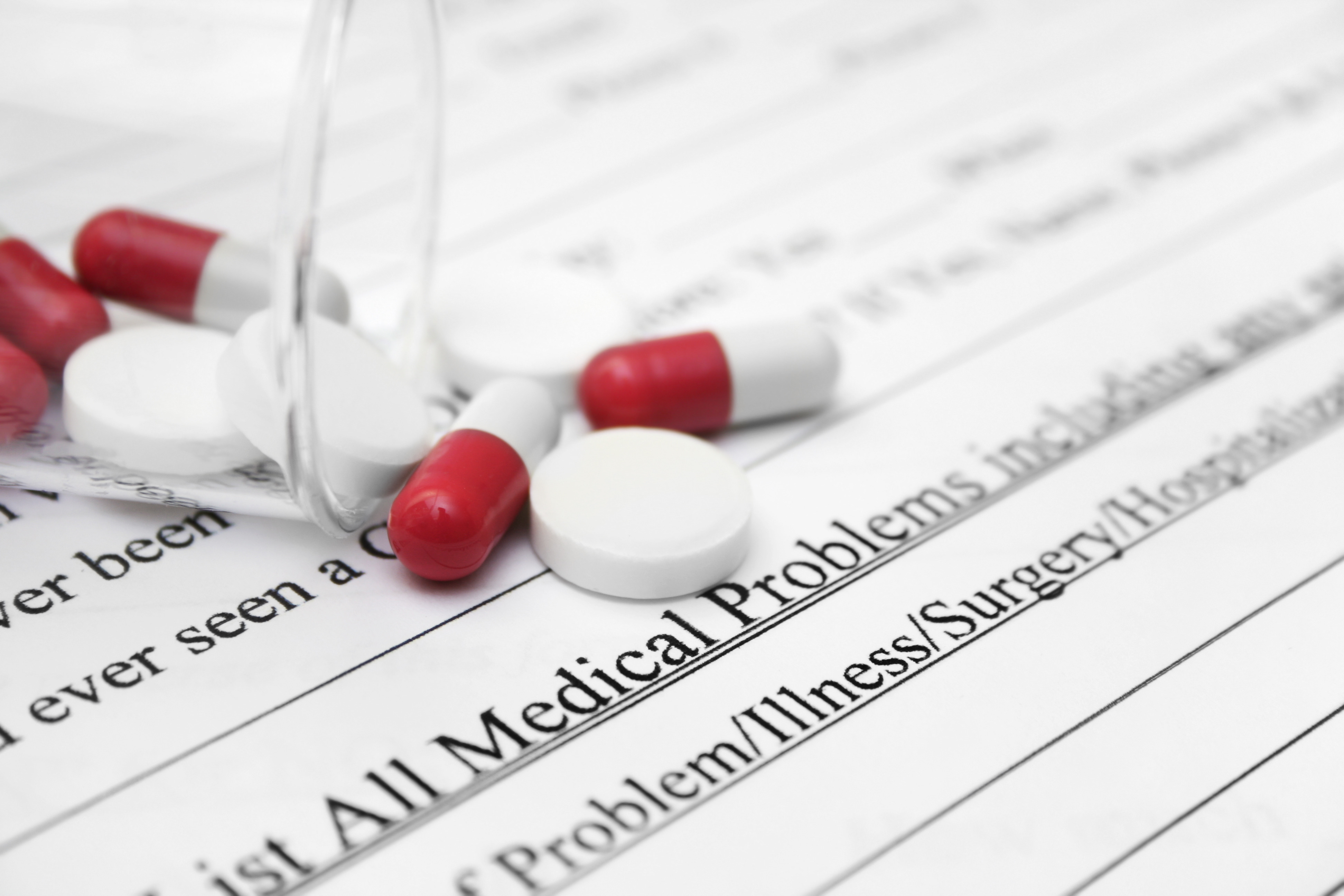What is Prediabetes?
Prediabetes is a health condition where blood sugar levels are higher than normal, but not high enough to be diagnosed as diabetes. Many people with prediabetes might not even realize they have it. If untreated, it can lead to type 2 diabetes, heart disease, and stroke.
Doctors typically diagnose prediabetes through blood tests, such as:
- Fasting Plasma Glucose Test: Measures blood sugar after fasting for at least 8 hours.
- Oral Glucose Tolerance Test: Measures blood sugar before and after drinking a sugary drink.
- A1C Test: Provides an average blood sugar level over the past 2 to 3 months.
Fasting Plasma Glucose Test
This blood test is done in the morning while fasting and can be done at home with a finger stick and home blood glucose meter or at your doctor’s office.
Here are the blood sugar ranges for normal, prediabetes, and diabetes:
- Normal: Fasting blood sugar less than 100 mg/dL (5.6 mmol/L)
- Prediabetes: Fasting blood sugar between 100 and 125 mg/dL (5.6 to 6.9 mmol/L)
- Diabetes: Fasting blood sugar 126 mg/dL (7.0 mmol/L) or higher on two separate occasions
Oral Glucose Tolerance Test (OGTT)
An OGTT is a test where the patient drinks glucose and their blood sugar is then measured every two hours. This test is more common among women who are pregnant and at risk for gestational diabetes.
- Normal: Less than 140 mg/dL (7.8 mmol/L)
- Suggests Prediabetes: 140 to 199 mg/dL (7.8 to 11.0 mmol/L)
- Suggests Type 2 Diabetes: 200 mg/dL (11.1 mmol/L) or higher after two hours
A1C Test
For the A1C test, which measures average blood sugar levels over the past 2 to 3 months, the ranges are:
- Normal: A1C below 5.7%
- Prediabetes: A1C between 5.7% and 6.4%
- Diabetes: A1C 6.5% or higher
Symptoms
Most people with prediabetes do not have symptoms. However, some may experience:
- Increased thirst
- Frequent urination
- Fatigue
- Blurry vision
Causes
Prediabetes can develop due to several factors, including:
- Your genes: Having a family history of type 2 diabetes
- Eating unhealthy foods
- Being overweight
- Being inactive
Treatment
To manage prediabetes, doctors might recommend:
- Eating healthy foods
- Increasing physical activity
- Losing weight
- Taking medication if necessary
Prognosis
With lifestyle changes and treatment, many people with prediabetes can prevent or delay the onset of type 2 diabetes. It’s important to follow medical advice and make healthy choices to improve the prognosis.
Resources
